
The Great Job Shake-Up: AI’s Impact by 2030
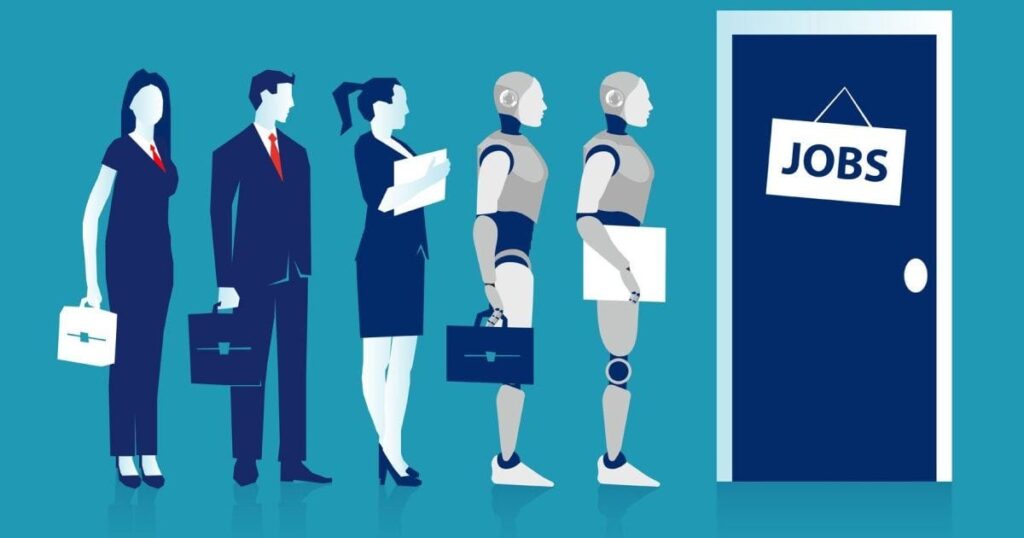
The rise of artificial intelligence is changing the way we work, and everyone wants to know: how many jobs will AI actually replace by 2030? The answer might surprise you – it’s not as scary as you think.
The Big Picture: What the Numbers Really Say
According to the latest research from major organizations, AI will definitely change the job market, but it’s more complex than just “AI takes jobs away.” The World Economic Forum reveals that job disruption will equate to 22% of jobs by 2030, with 170 million new roles set to be created and 92 million displaced, resulting in a net increase of 78 million jobs.
Let me break this down in simple terms: Yes, some jobs will disappear, but even more new jobs will be created. It’s like when computers became popular – some old jobs went away, but many new ones appeared.
Which Jobs Are Most at Risk?
Not all jobs face the same level of risk. Researchers found that around a quarter of all jobs could be performed by AI entirely, with two-thirds of jobs in the U.S. and Europe “exposed to some degree of AI automation.”
The jobs most likely to be replaced by 2030 include:
Data entry clerks face the highest risk since their work is very repetitive and easy for AI to handle. Basic customer service representatives, simple bookkeeping roles, assembly line workers, and basic translation services are also in the high-risk category. These jobs involve patterns that AI can learn quickly.
Medium-risk jobs include some administrative assistants, basic graphic designers, entry-level financial analysts, and simple content writers. These roles require some creativity or judgment, but AI is getting better at handling them too.
Interestingly, some educated white-collar workers earning up to $80,000 a year are the most likely to be affected by workforce automation. This shows that AI doesn’t just target “low-skill” jobs – it can handle some complex tasks too.
The Good News: AI Creates More Jobs Than It Takes
Here’s what most headlines don’t tell you: By 2030, AI is projected to pump USD 19.9 trillion into the global economy, according to IDC Research. This massive economic growth means new opportunities.
The math is actually encouraging:
- Jobs lost: Around 92 million
- New jobs created: About 170 million
- Net result: 78 million more jobs than before
What New Jobs Will AI Create?
AI isn’t just taking jobs – it’s creating entirely new types of work:
AI is creating entirely new types of work that didn’t exist before. AI-related jobs include AI trainers and prompt engineers, machine learning specialists, AI ethics consultants, data scientists, and AI system maintainers. These are completely new career paths that require specialized skills.
At the same time, AI is enhancing existing human roles rather than replacing them entirely. Customer experience managers now work with AI tools to serve customers better. Creative directors use AI for generating ideas and concepts. Healthcare professionals use AI for more accurate diagnosis. Teachers use AI for personalized learning experiences tailored to each student.
Why This Transformation Is Actually Positive
Think about it this way: AI could eventually increase the total annual value of goods and services produced globally by 7%. This economic growth creates multiple benefits. More productivity means companies can do more with less effort, leading to expansion and new opportunities. Lower costs mean products and services become cheaper for everyone. New opportunities emerge as people can focus on creative and strategic work instead of repetitive tasks. Better services result when AI handles boring tasks while humans handle the interesting, complex work that requires emotional intelligence and creativity.
Industries That Will Benefit Most
Some industries will see massive job growth thanks to AI:
- Healthcare: AI helps doctors, but we need more healthcare workers
- Education: Personalized learning creates demand for specialized teachers
- Technology: Obviously, more tech jobs
- Creative industries: AI tools help creators do more ambitious projects
- Green energy: AI optimization creates new environmental jobs
What This Means for Workers
The key message is simple: adapt, don’t panic. Those who resist change rather than embracing it will miss out on the best opportunities in the next six years. Success belongs to people who learn to work alongside AI.
Here’s what you should do to prepare for the future. Learn AI tools in your field – don’t fight them, use them to become more efficient and valuable. Focus on developing human skills like creativity, emotional intelligence, and complex problem-solving that AI cannot replicate. Stay curious and keep learning new things throughout your career. Think about how you can work WITH AI, not against it, to create better results than either could achieve alone.
The Timeline: What to Expect
By 2025-2027:
- Basic repetitive jobs start disappearing
- AI tools become standard in most offices
- New AI-related jobs appear rapidly
By 2028-2030:
- Major job transformation is complete
- New industries emerge around AI
- Most workers are using AI daily
Real Talk: Challenges Ahead
Let’s be honest – this transition won’t be smooth for everyone. A significant 83 million jobs are expected to be lost due to AI, and that’s millions of real people who will need help.
The biggest challenges:
- Retraining workers whose jobs disappear
- Managing the transition period (2025-2028)
- Ensuring benefits reach everyone, not just tech companies
- Supporting communities heavily dependent on at-risk industries
The Bottom Line
So, how many jobs will AI replace by 2030? The honest answer is: around 92 million jobs will be displaced, but 170 million new ones will be created. That’s a net gain of 78 million jobs.
The real question isn’t “Will AI take my job?” but rather “How can I work with AI to create value?” The future belongs to people who see AI as a powerful tool, not a threat.
Remember, every major technological shift – from the printing press to the internet – initially worried people about jobs. But each time, we adapted and created even more opportunities than before. The AI revolution will likely be no different.
The key is to stay informed, keep learning, and embrace the changes coming our way. The job market of 2030 will look different, but for most people, it will also offer more opportunities than ever before.
This article is based on research from the World Economic Forum, McKinsey Global Institute, and other leading organizations studying AI’s impact on employment.
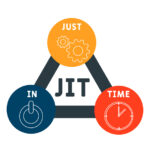

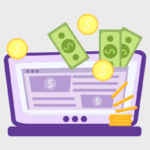
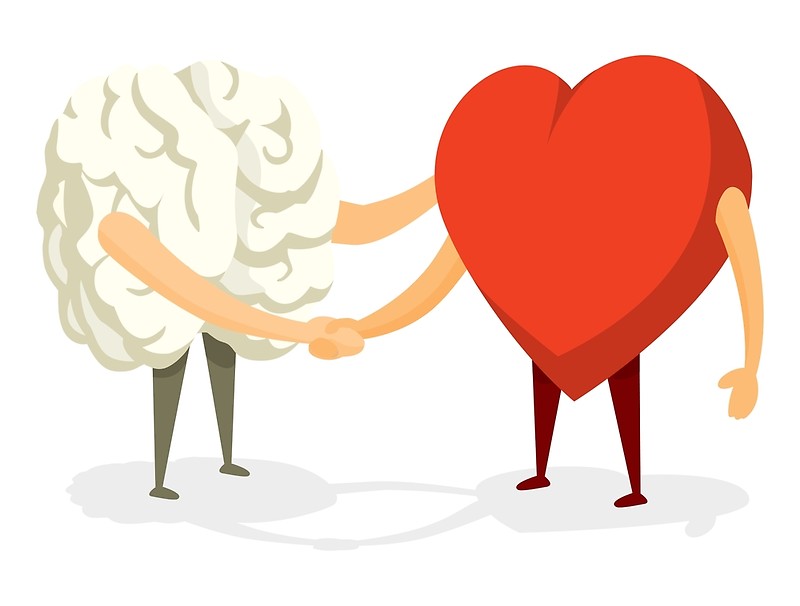

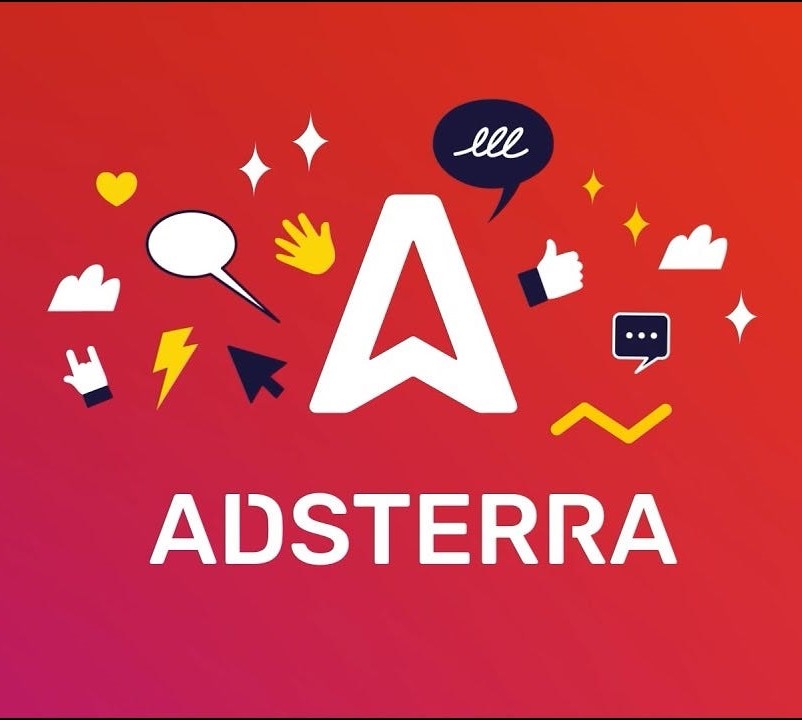

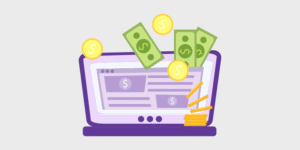






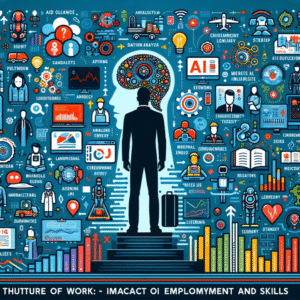
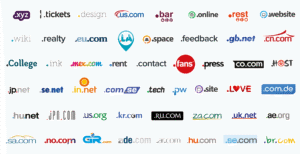
Post Comment